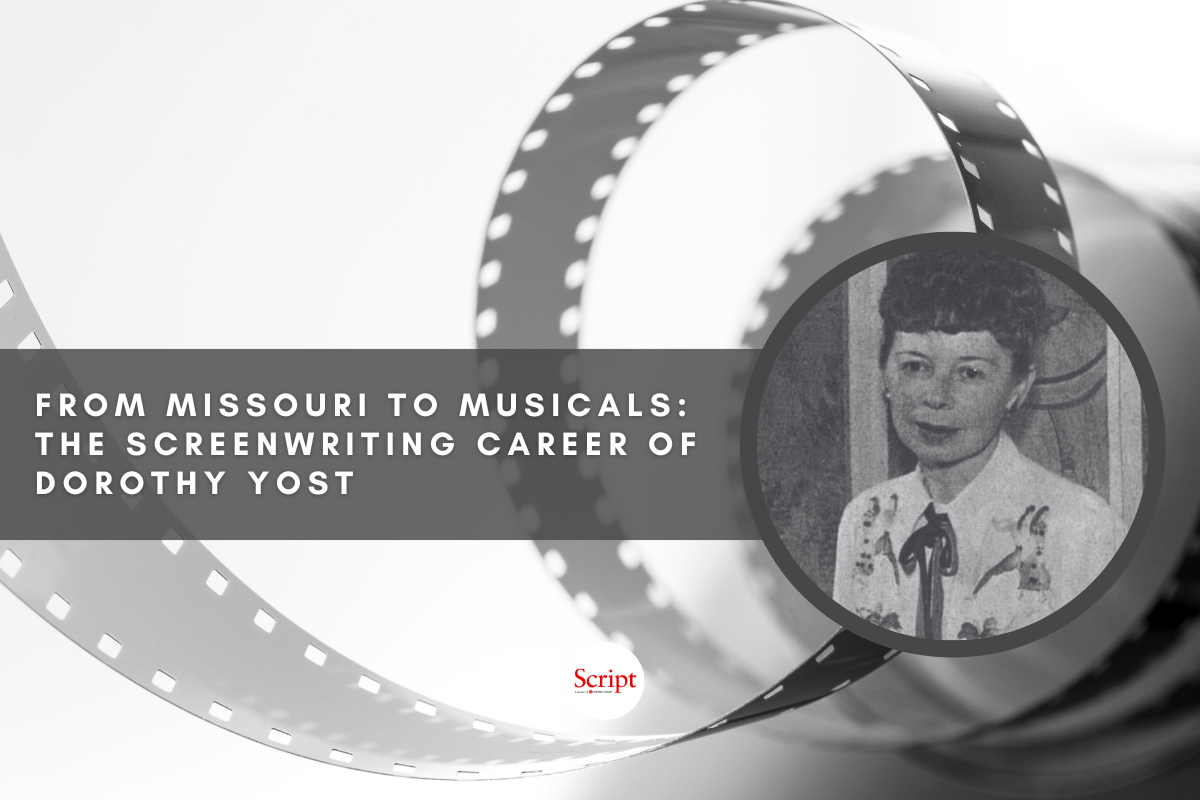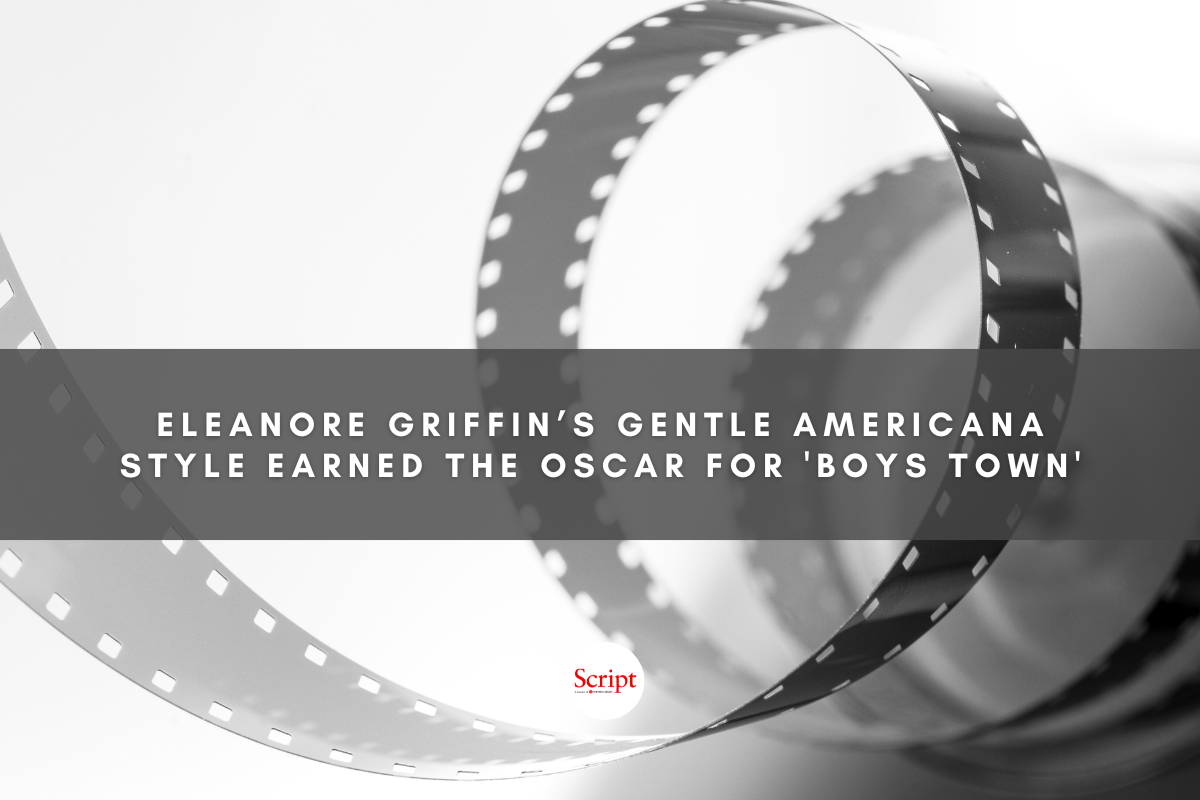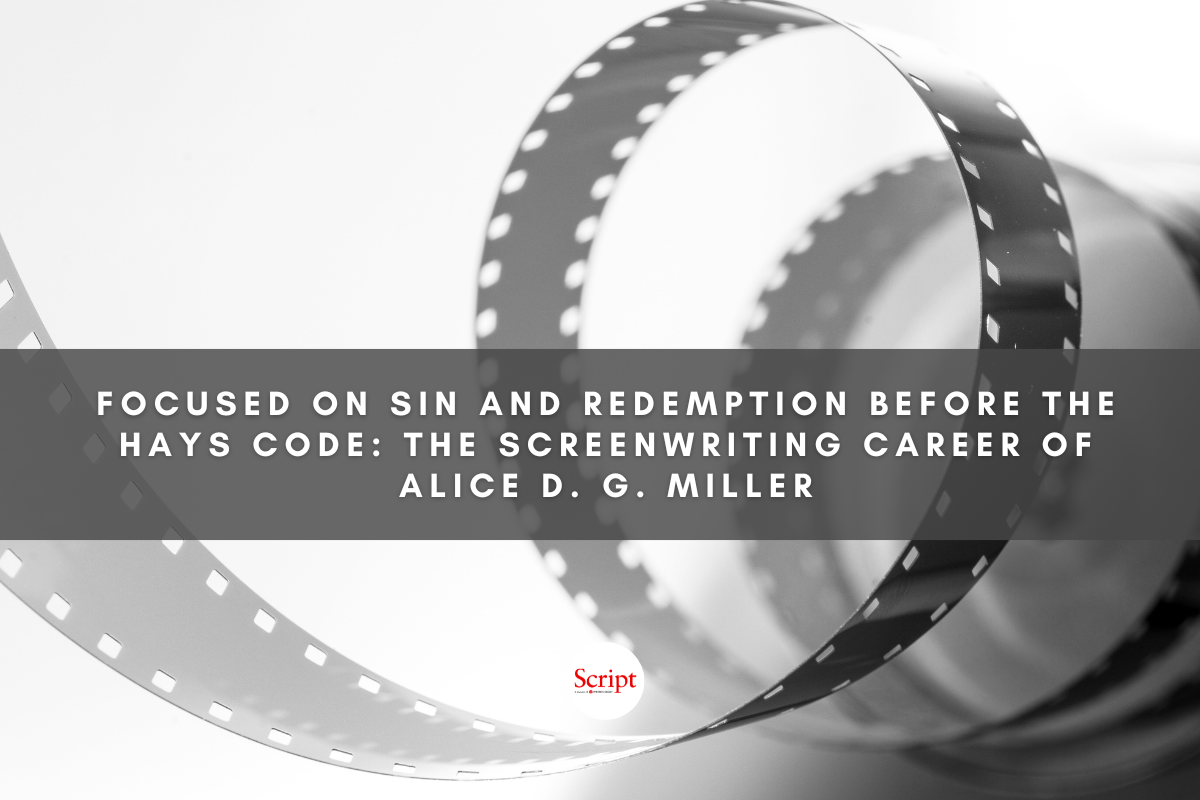Hobnobbing with Her Fellow Writers (and Wizards) Across the Decades – The Screenwriting Career of Florence Ryerson
Dr. Rosanne Welch celebrates the female screenwriters who came before us with this month’s spotlight on the trailblazing screenwriter and TV writer, Florence Ryerson, who wrote or adapted over 59 stories for the screen, including ‘The Wizard of Oz’ (1939).
As The Wiz recently retook Broadway and is now on tour, we’re turning our attention to the female screenwriter who brought us the iconic 1939 adaptation of Frank L. Baum’s classic children’s story. While The Wizard of Oz (starring Judy Garland, Ray Bolger, Jack Haley, and Bert Lahr) remains her most famous script, Ryerson wrote or adapted over 59 stories for the screen. Her career built from the silent era with her first story credit, Harold, the Last of the Saxons (1919), through Talkies like Babes in Arms (1939) and into television as early as 1949 with episodes of Kraft Theatre.
Unlike many early screenwriters, Ryerson came from California, having been born Florence Willard in Glendale on September 20, 1892. Her father worked as a journalist, giving her an early understanding of the writing life. Like Dorothy Parker, Ryerson published short stories in her later teens, but unlike Parker, she enjoyed time in higher education attending both Stanford and Radcliffe.
From the age of 23, in 1915, she saw her work in print in the many major magazines of her day from Ladies Home Journal to Woman’s World. Ryerson had one son, Hal, with her first husband, Harold Swayne Ryerson, and moved into screenwriting shortly after she met her second husband, World War I veteran Colin Clements who was in California in 1926 directing a small play. They clicked professionally and personally. They sold the farce Oh, What a Night (1926), married a year later, and spent most of the rest of their lives married and collaborating off and on with screenplays and Broadway plays.
For instance, in 1927 as a solo Ryerson joined a team of writers on The Demi-Bride for Norma Shearer, and Adam and Evil for Lew Cody, while other titles in 1928 include: Something Always Happens and Hot News. At the same time, she and Clements wrote Wickedness Preferred and Hot Lemonade. As Talkies came into vogue her facility with dialogue helped her make the transition that many others did not. Again her name appears alongside other writers (but not Clements) on The Crime of the Century (1933) and This Side of Heaven where one of the other credited writers is Zelda Sears. With Clements, she co-wrote an early Shirley Temple film, Pardon My Pups (1934) and A Notorious Gentleman (1935).
By that time the couple were also collaborating on novels built from short stories Ryerson had previously published in magazines that focused on the lives of teenage girls (long before that genre would be popularized in the 1950s with the works of Beverly Clearly and Judy Blume). Ryerson and Clements published This Awful Age and Mild Oats in the early 1930s, then adapted the stories into the play, June Mad (1939), and then adapted that into the film, Her First Beau (1941).
Along the way, Ryerson purchased a 19th-century historic adobe and ranch house on property in Southern California, named the estate Shadow Ranch, and dived into the art of researching and restoring the home where they lived as she wrote Oz and for most of the rest of the 1940s. Clements died in 1948 and Ryerson moved her writing career into television, working until she retired in 1951. She moved first to New Hampshire and later to Mexico City where she died on June 8, 1965. She had lived to see her most famous film become a favorite holiday rerun for generations of children, but not long enough for The Wiz, which opened on Broadway a decade later.
You can read more about her career in the Florence Ryerson and Colin Clements papers, housed in the New York Library Archives and Manuscripts.
Research for this column comes from the book When Women Wrote Hollywood, edited by Rosanne Welch.
If you’d like to learn more about the women highlighted in this column, and about the art of screenwriting while earning your MFA, our low residency Stephens College MFA in TV and Screenwriting is currently accepting applications.
Dr. Rosanne Welch, Executive Director of the Stephens College MFA in TV and Screenwriting, has television credits including Beverly Hills 90210, Picket Fences, ABC News/Nightline and Touched by an Angel. Her award-winning publications include When Women Wrote Hollywood and Women in American History (on the ALA list of 2017’s Best Historical Materials). Welch is Book Reviews editor for Journal of Screenwriting; on the Editorial Boards of Written By magazine and California History Journal and gave a 2016 TEDxCPP talk: “The Importance of Having a Female Voice in the Room”.
Find Dr. Rosanne Welch online: Instagram @drrosannewelch | YouTube DrRosanneWelch | Stephens College MFA Twitter @mfascreenwriter







